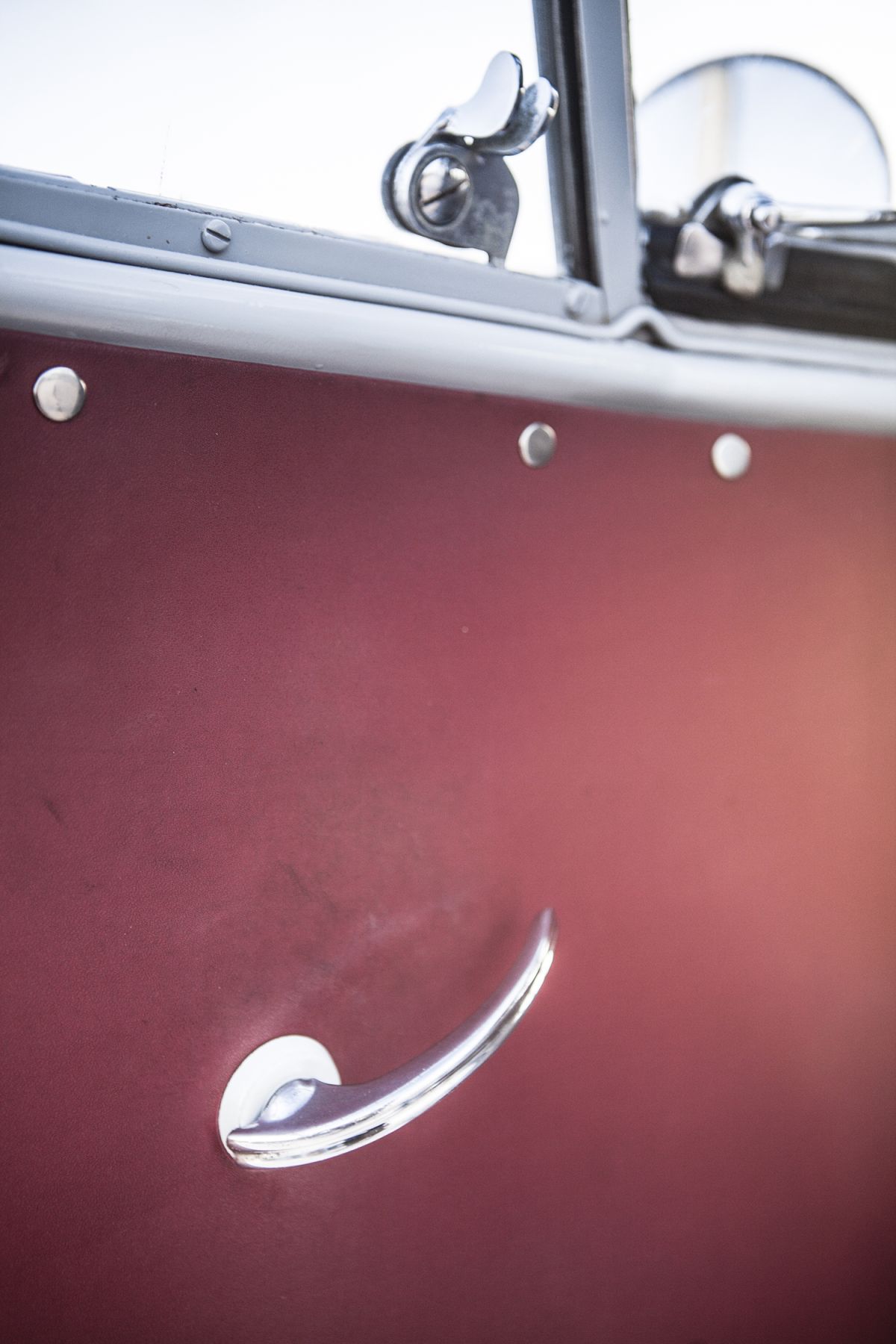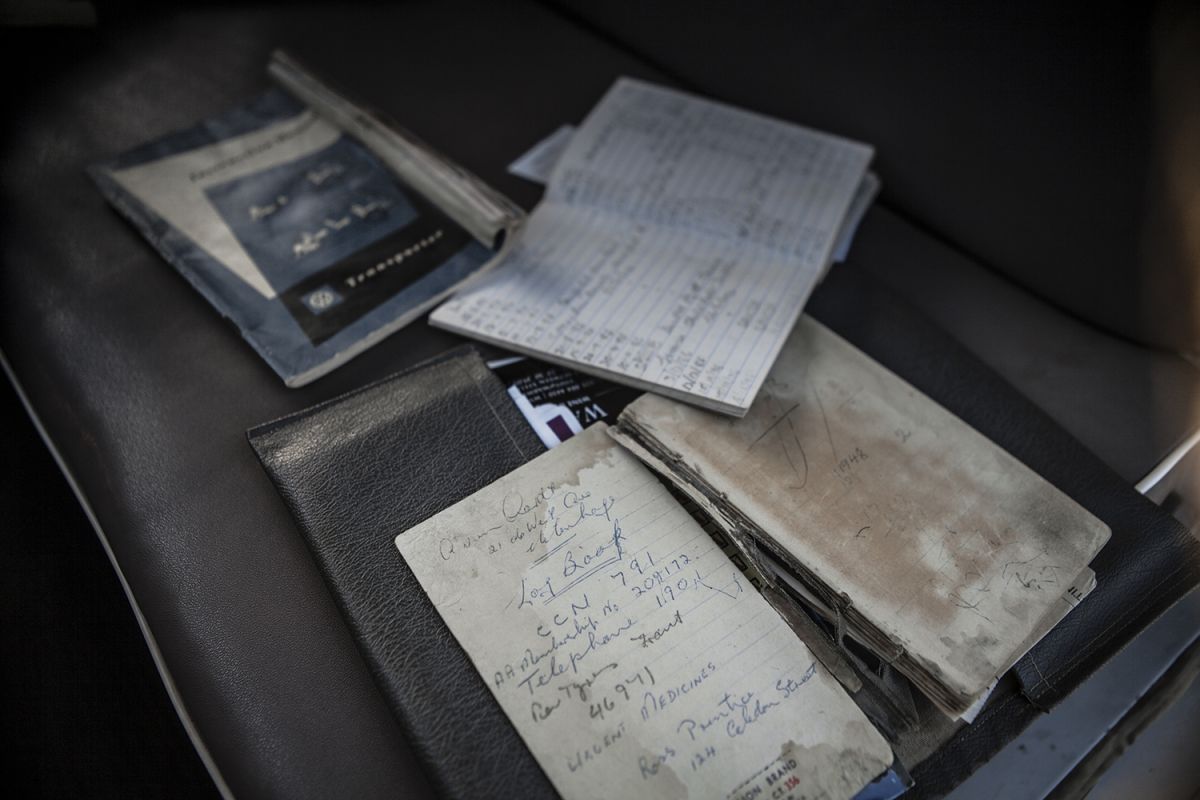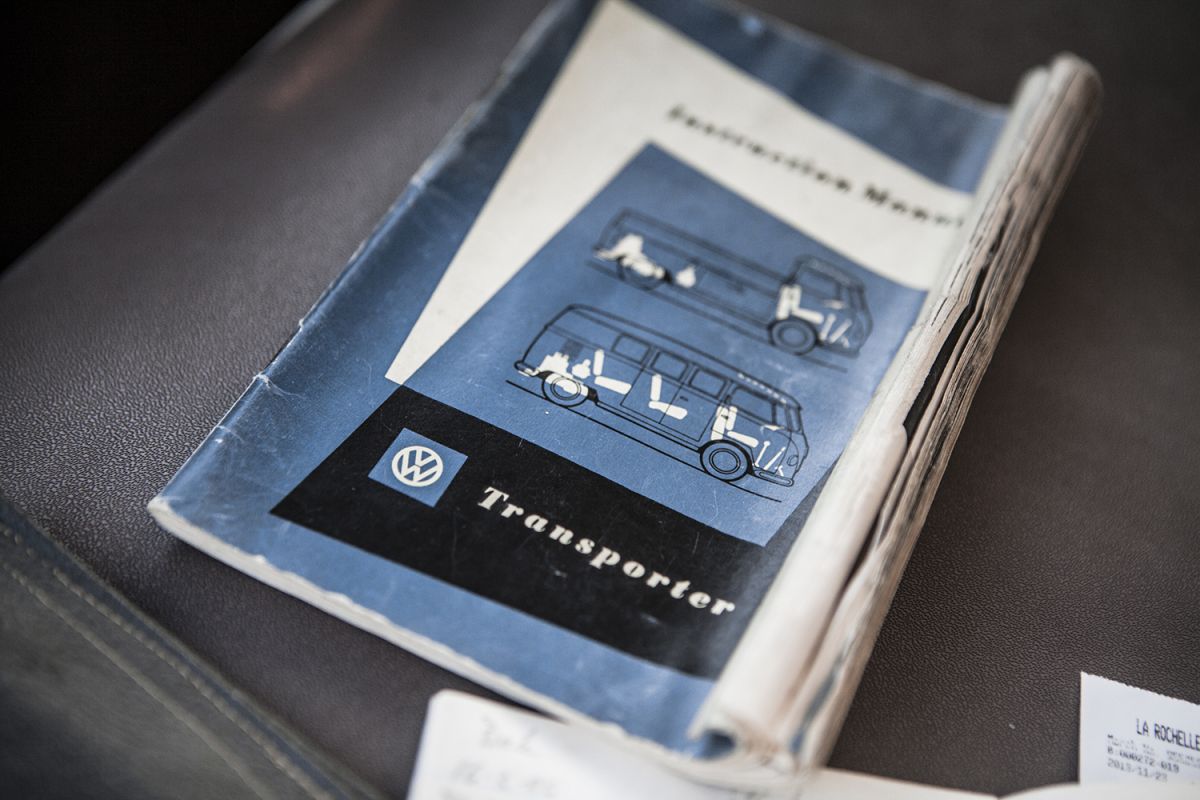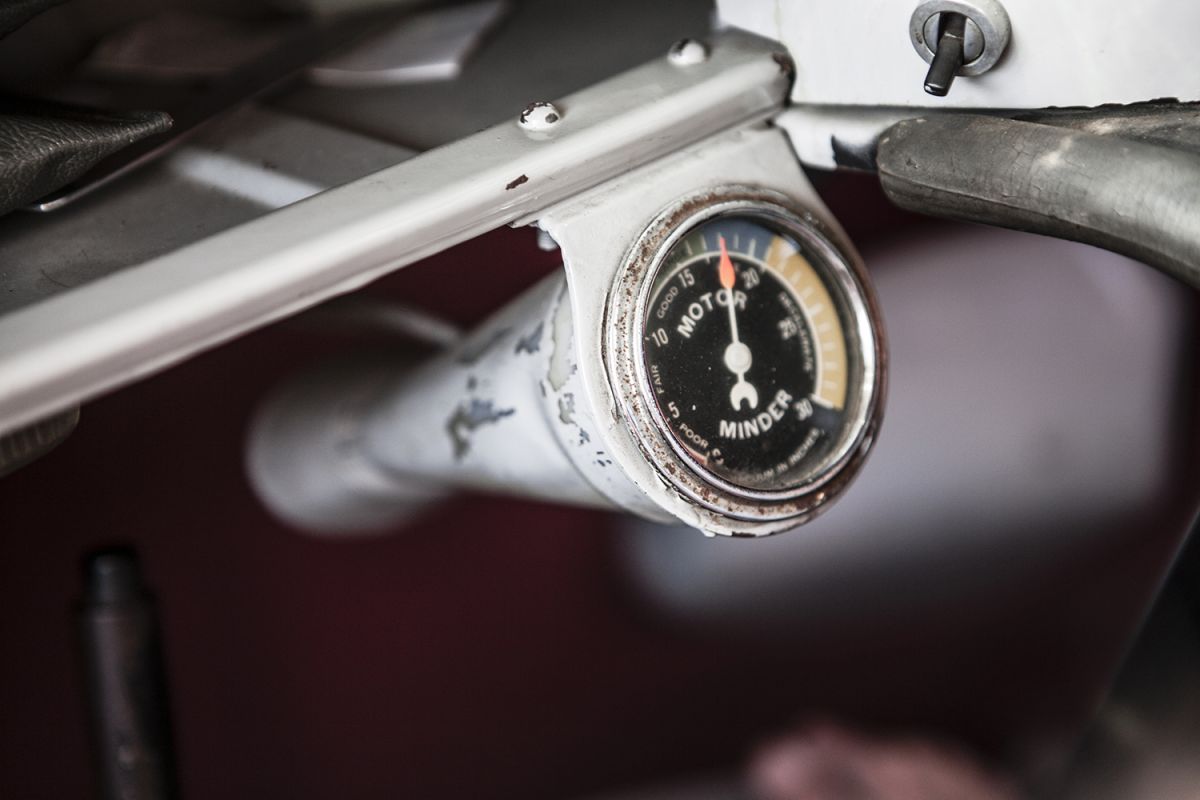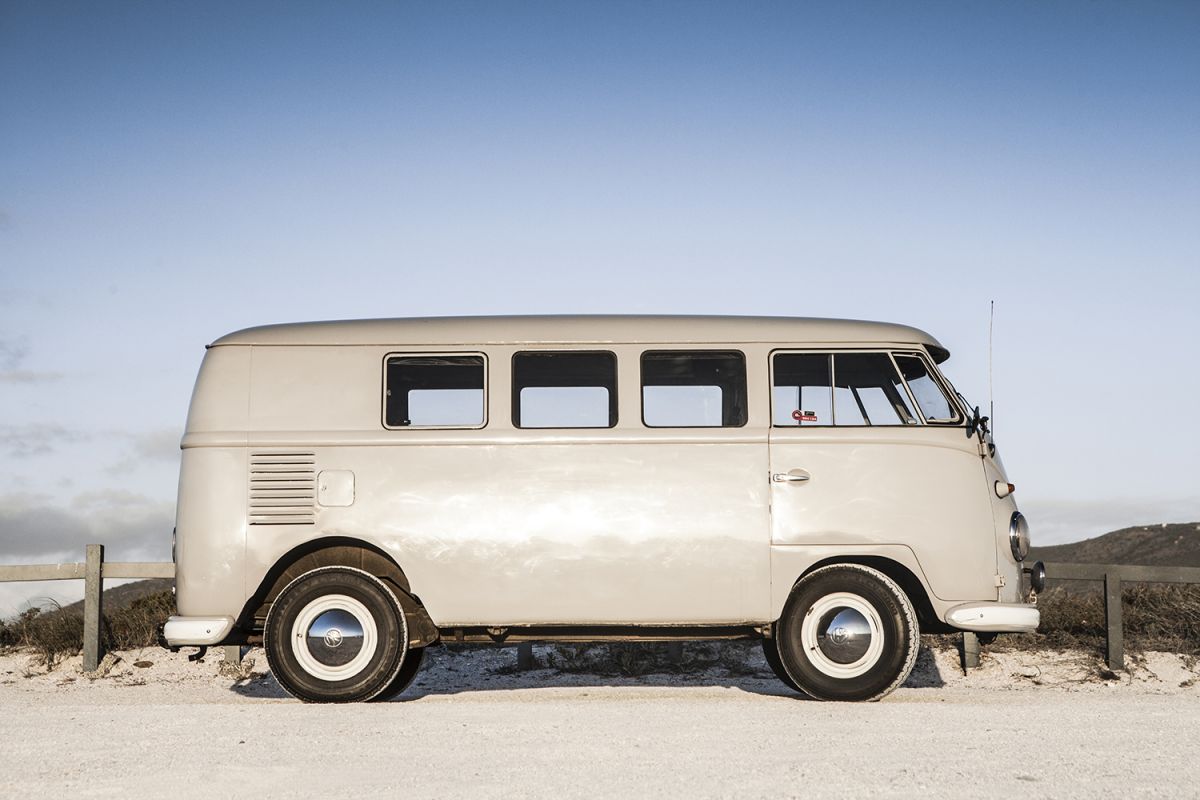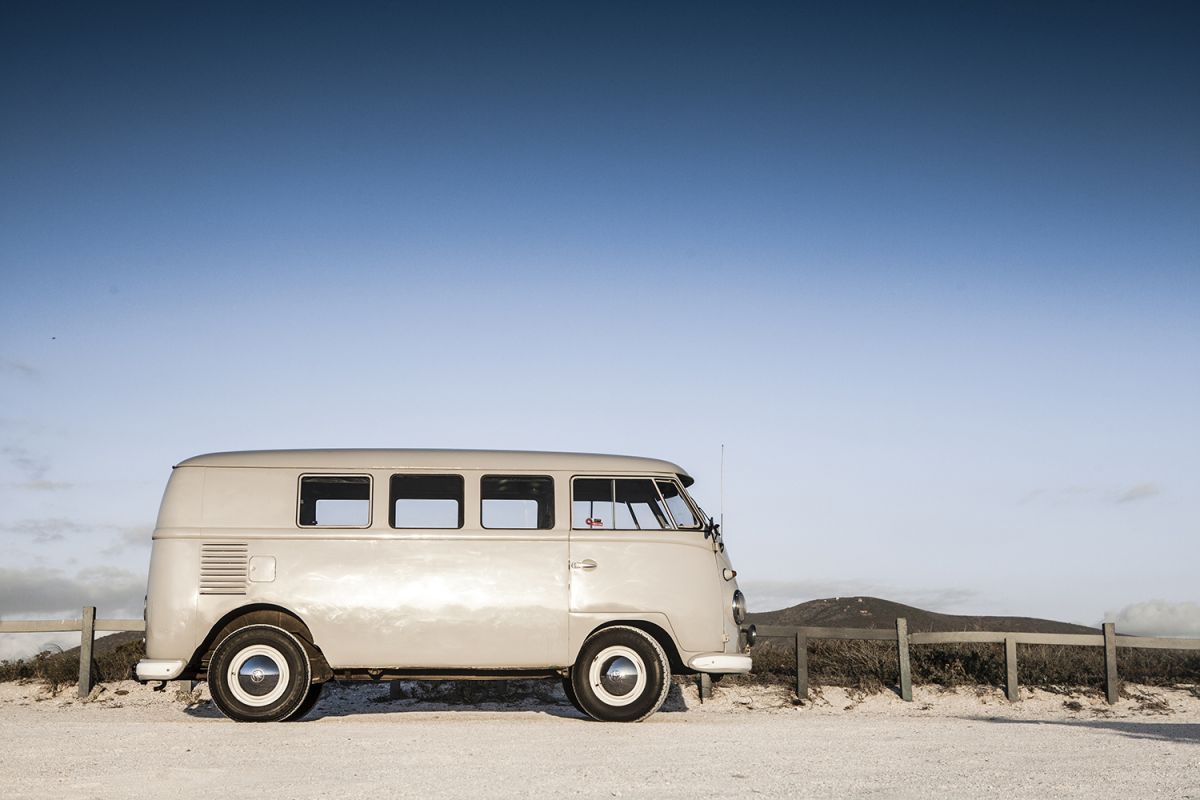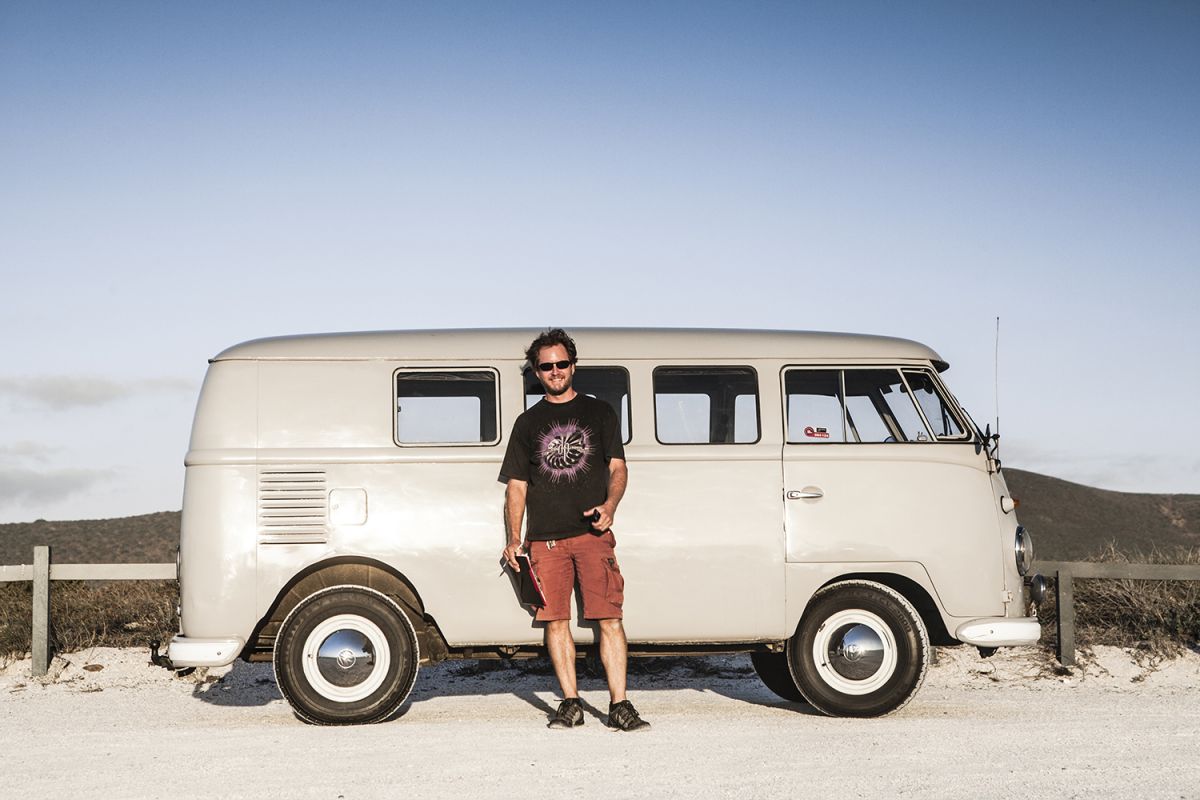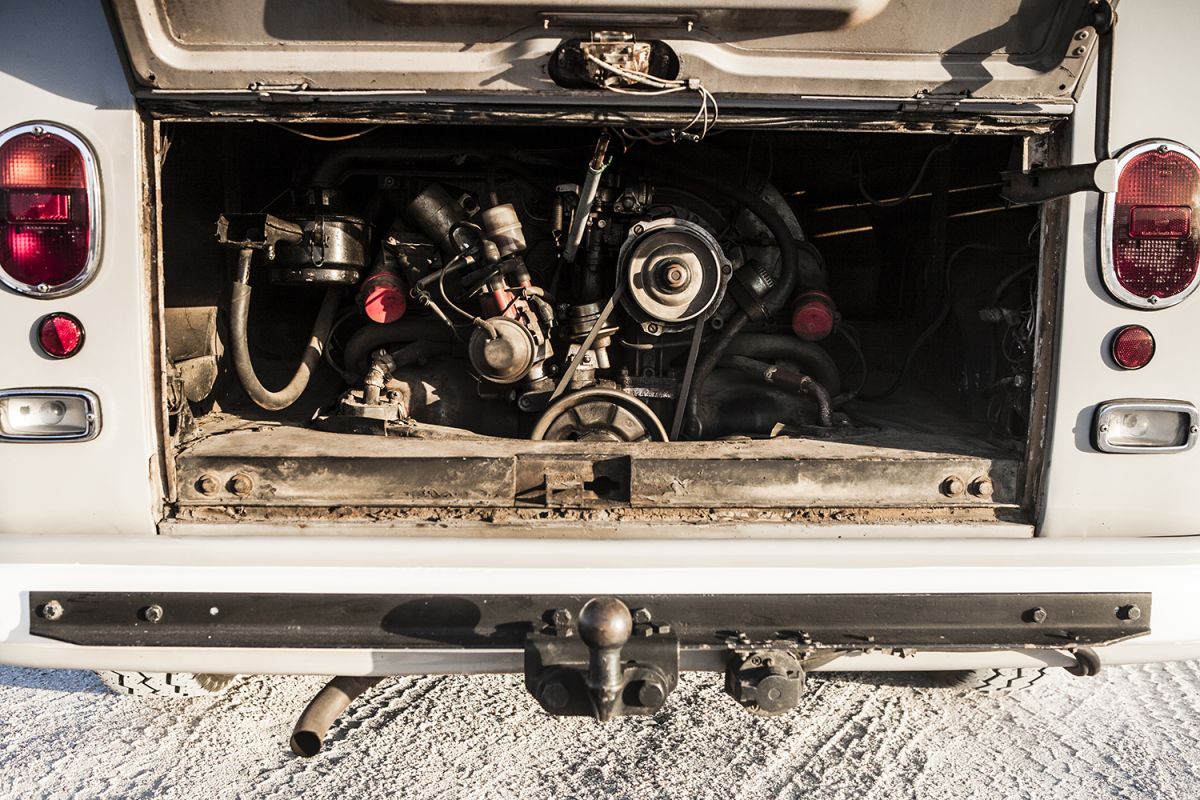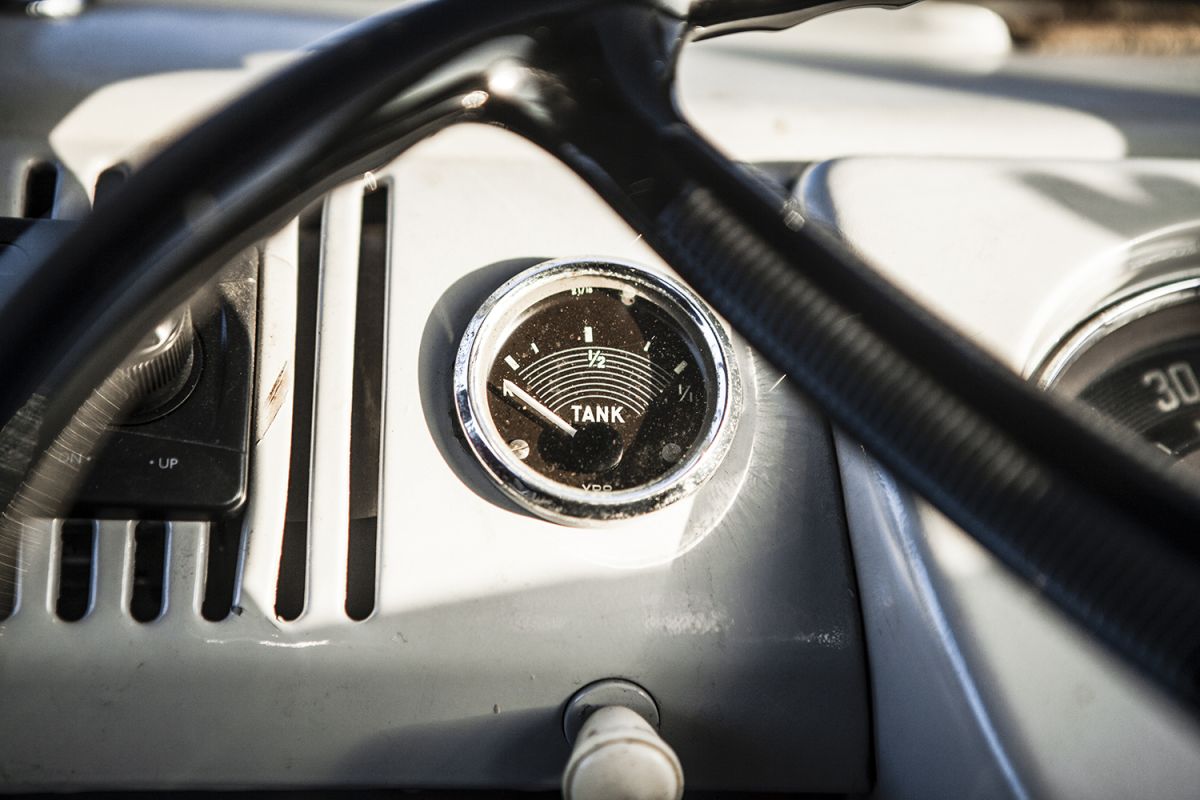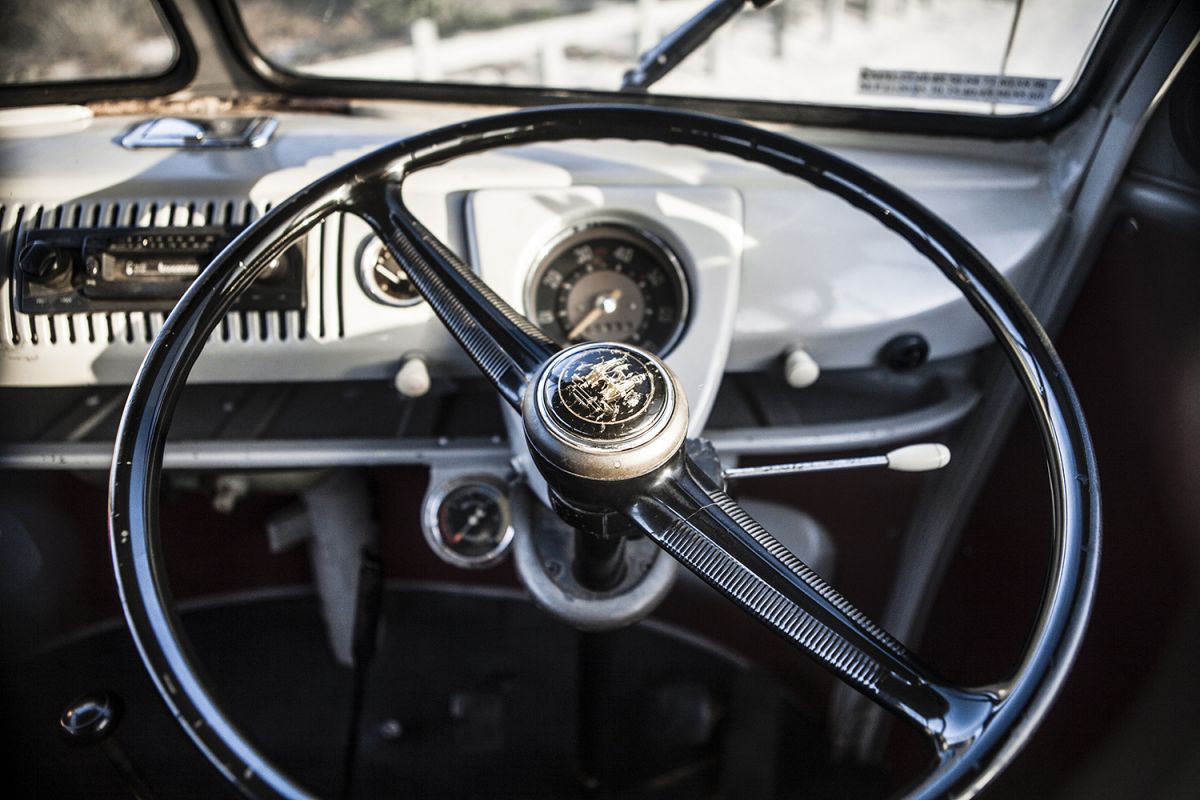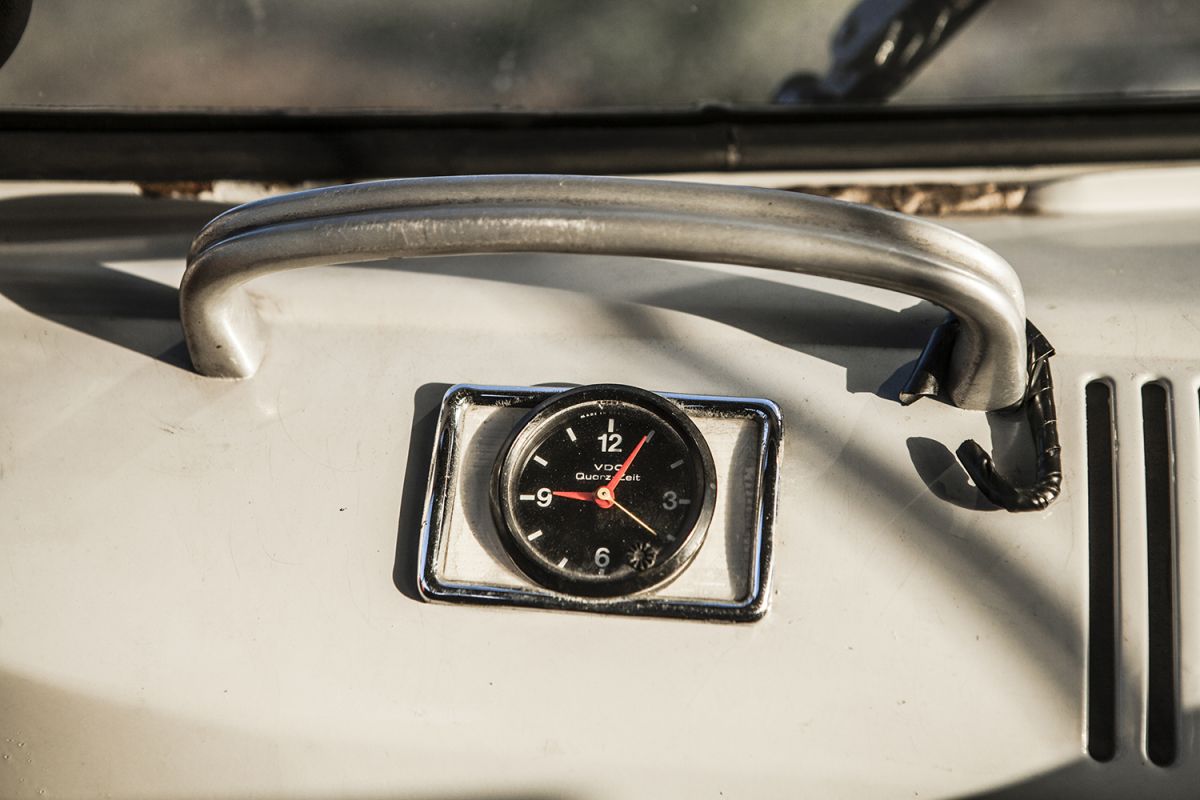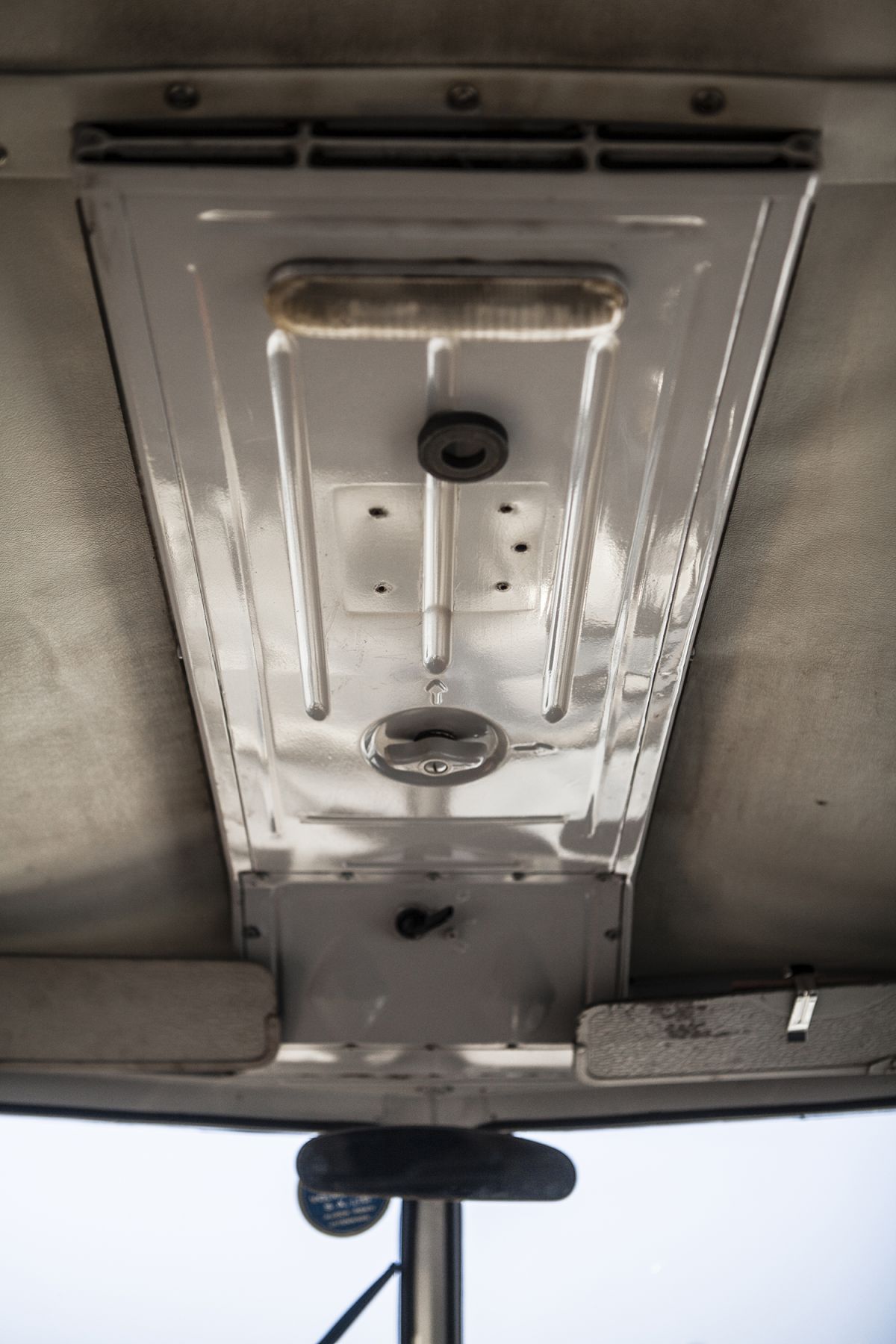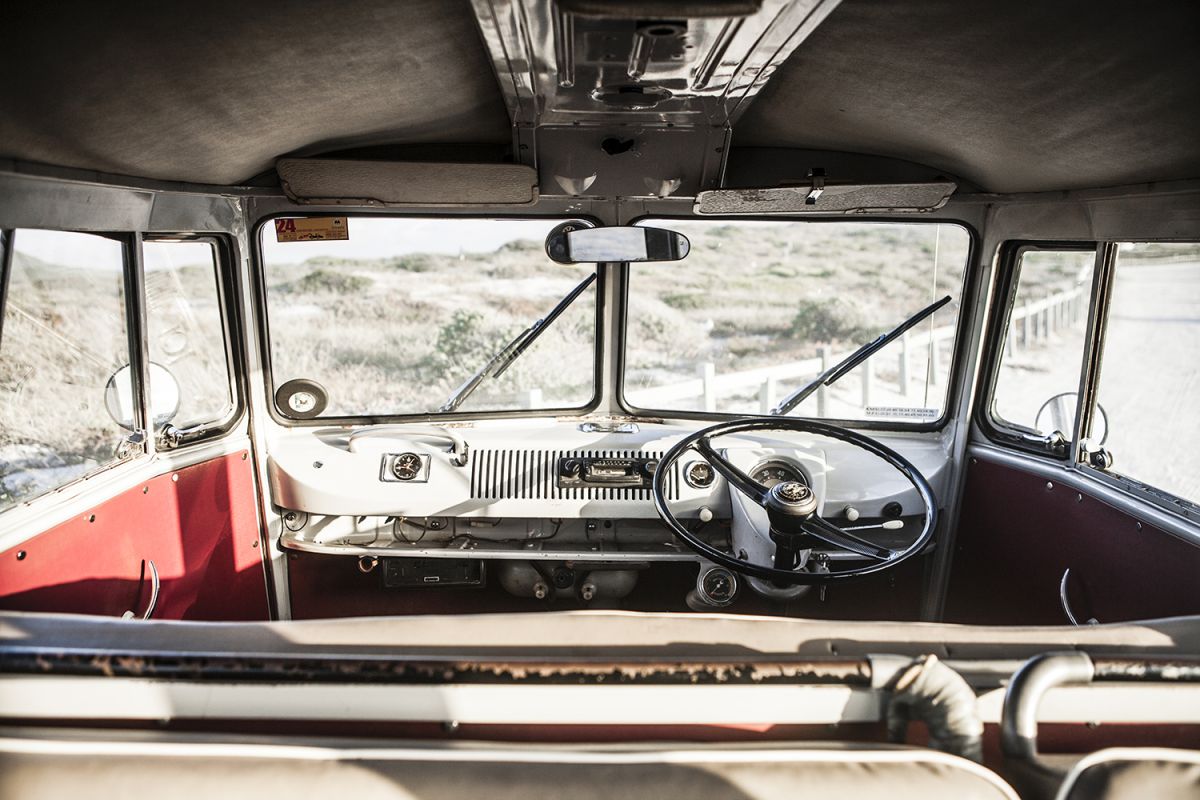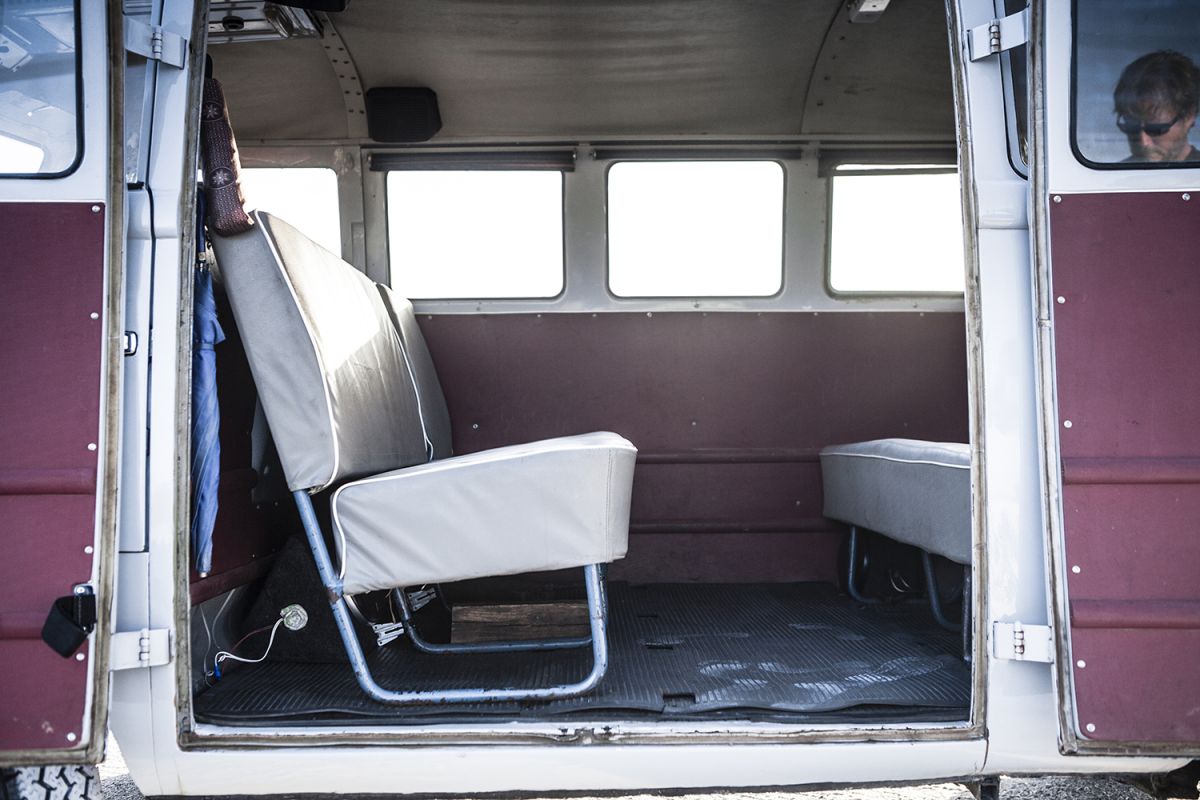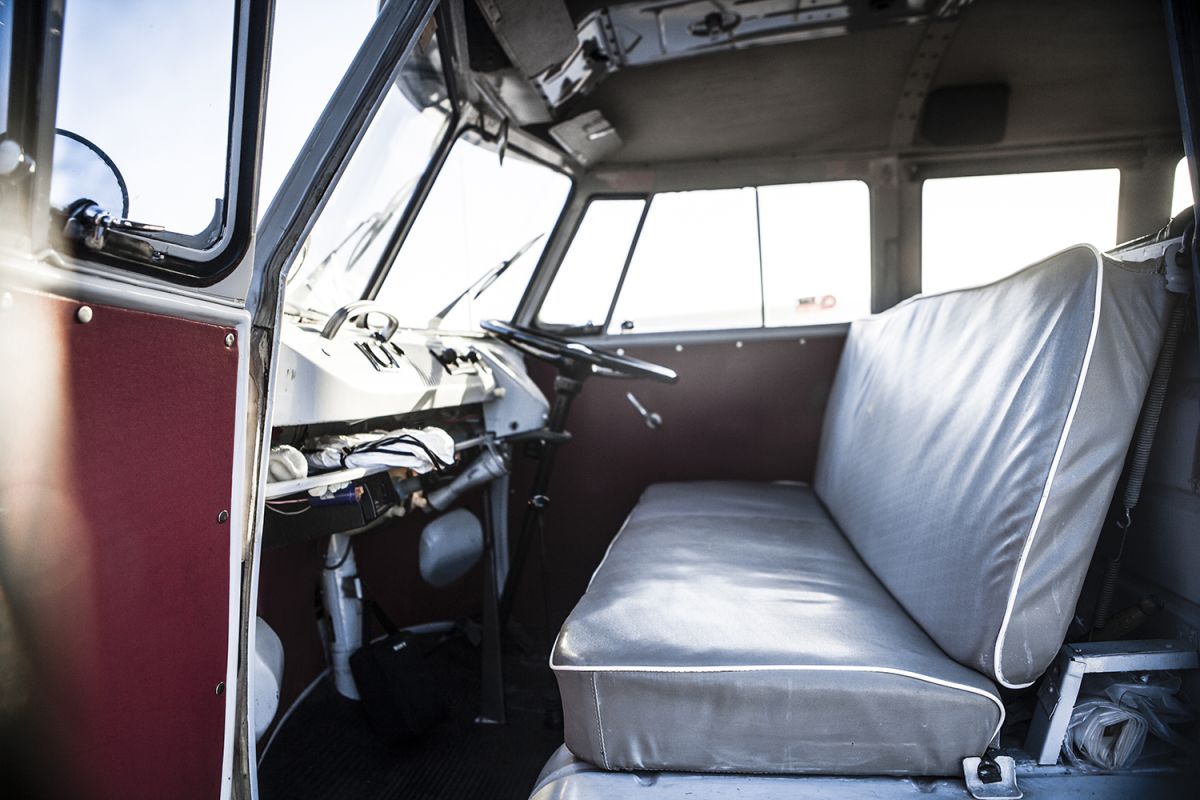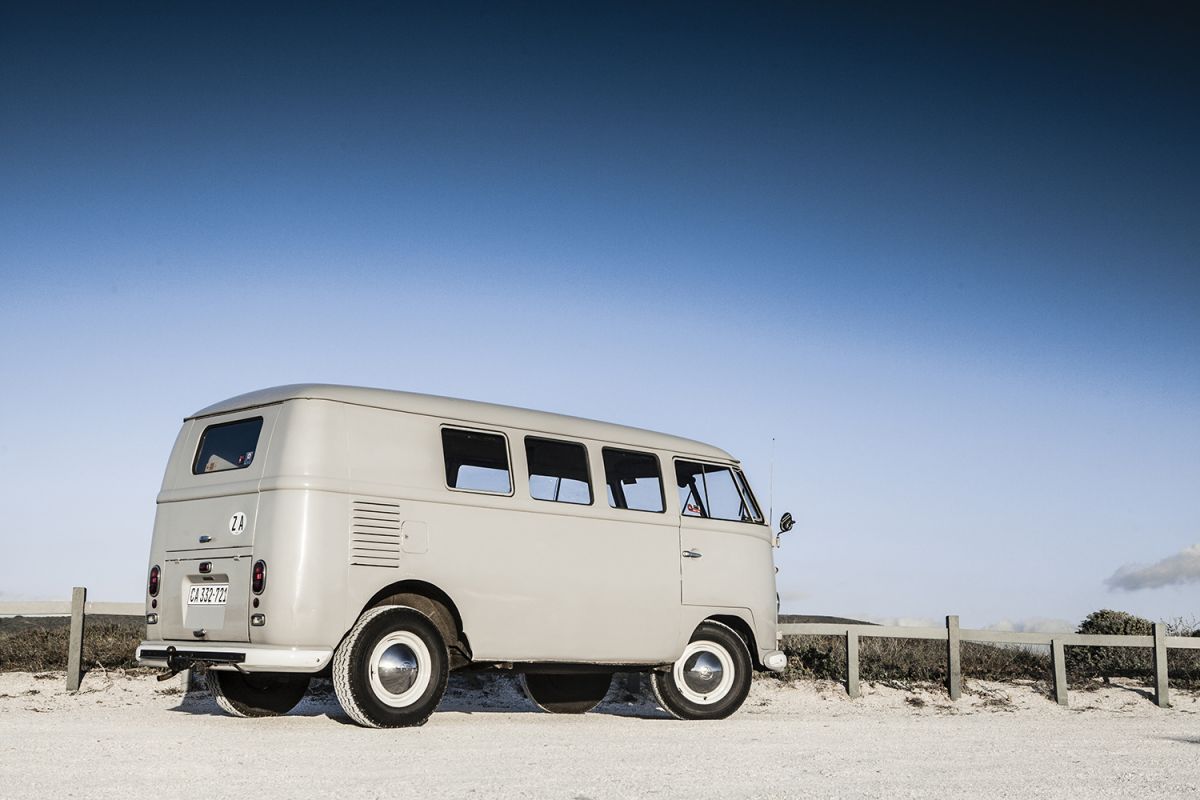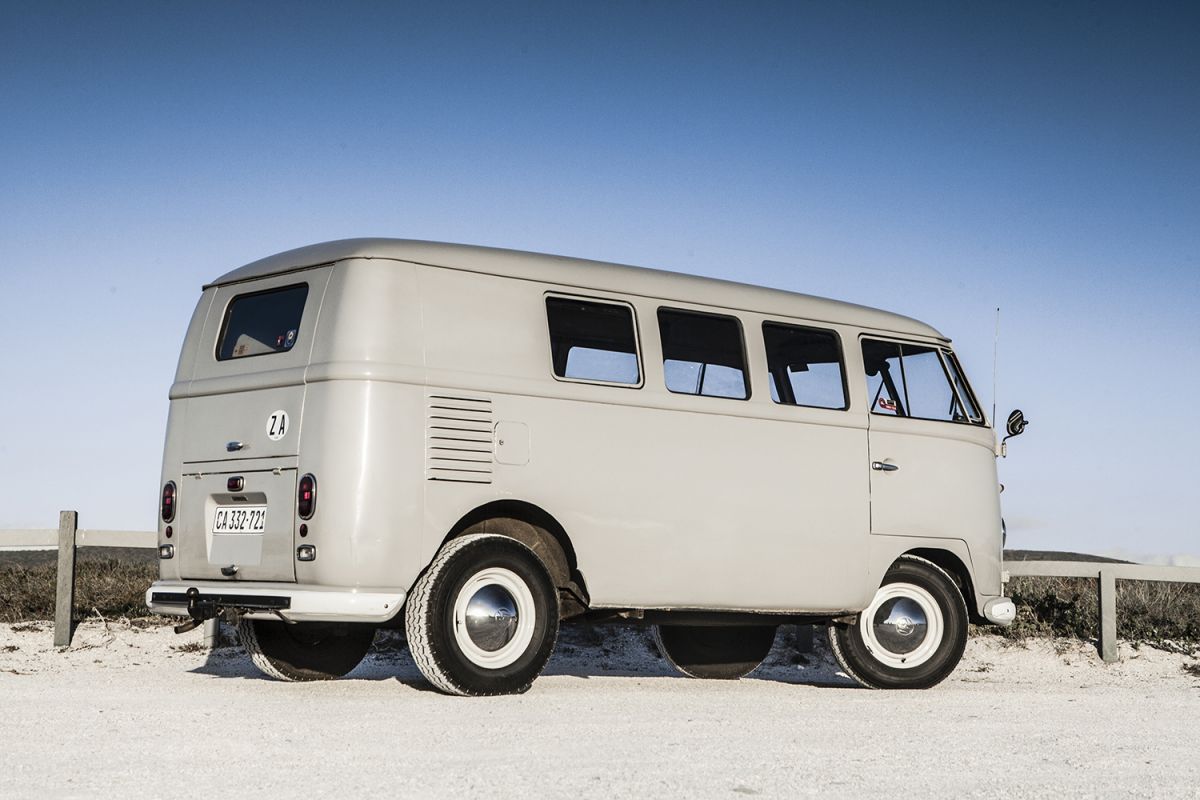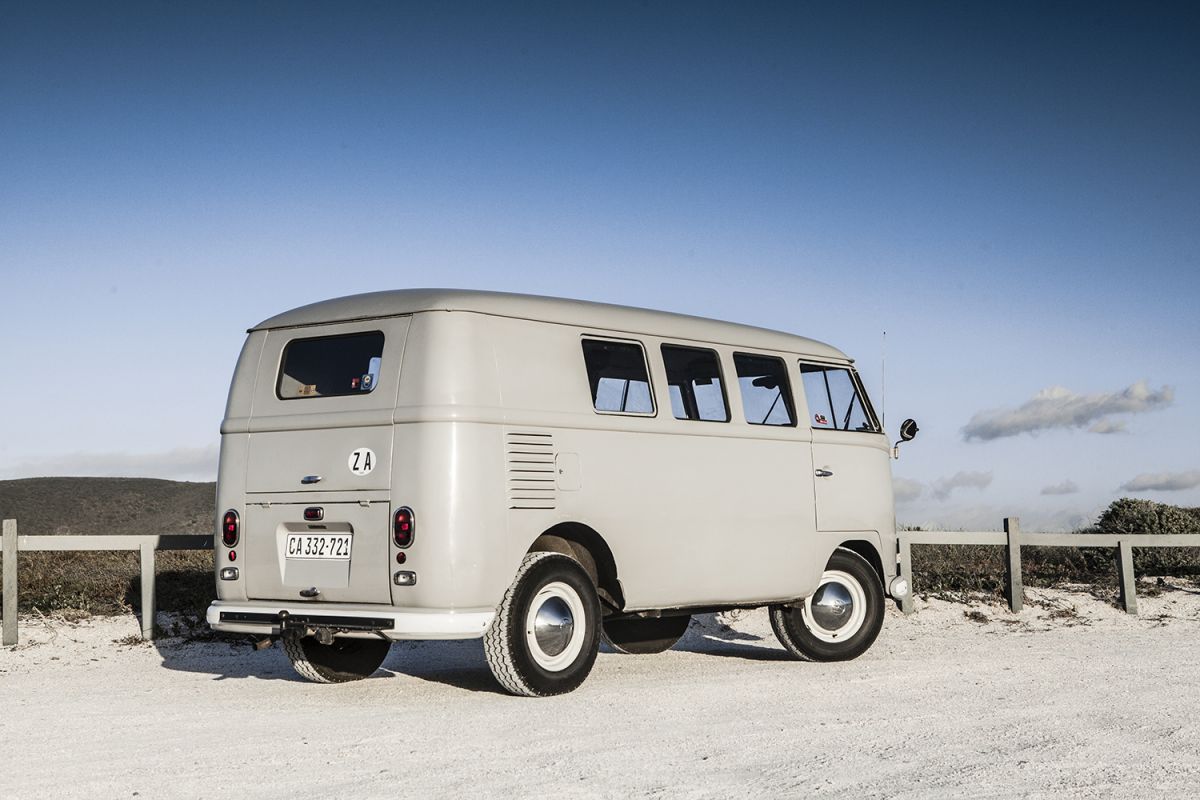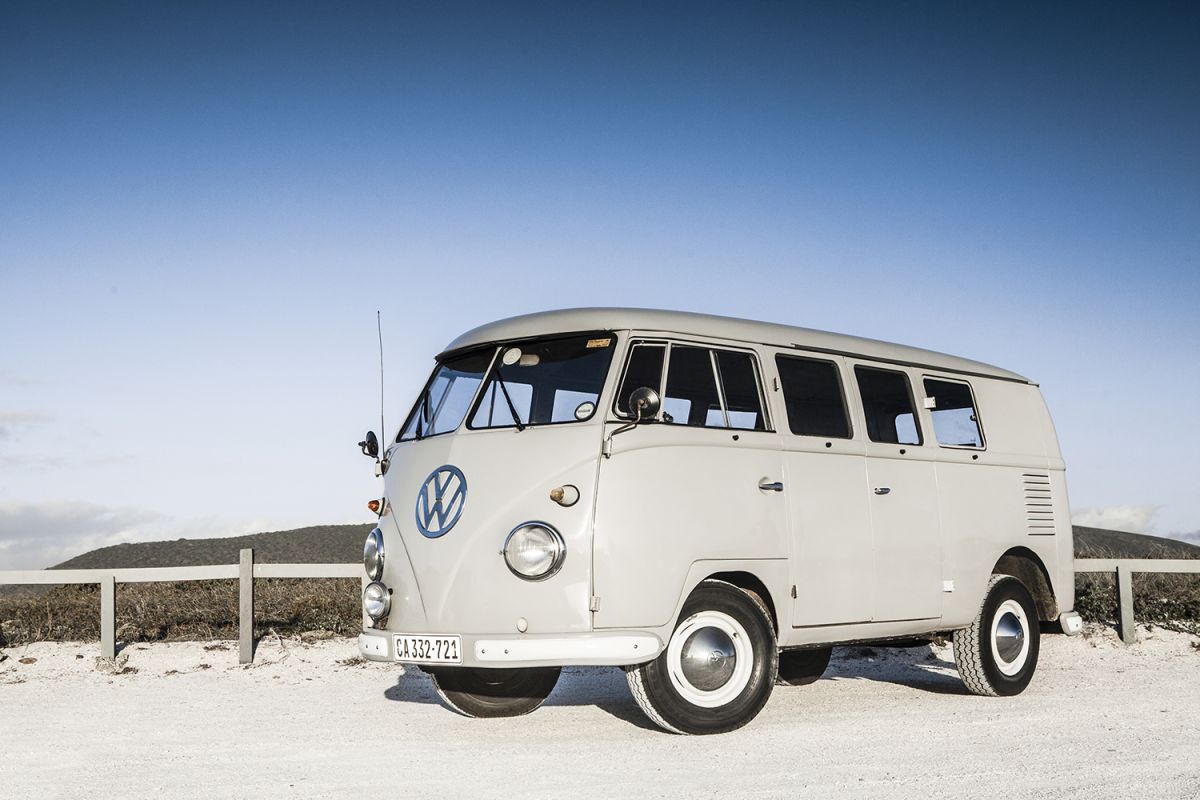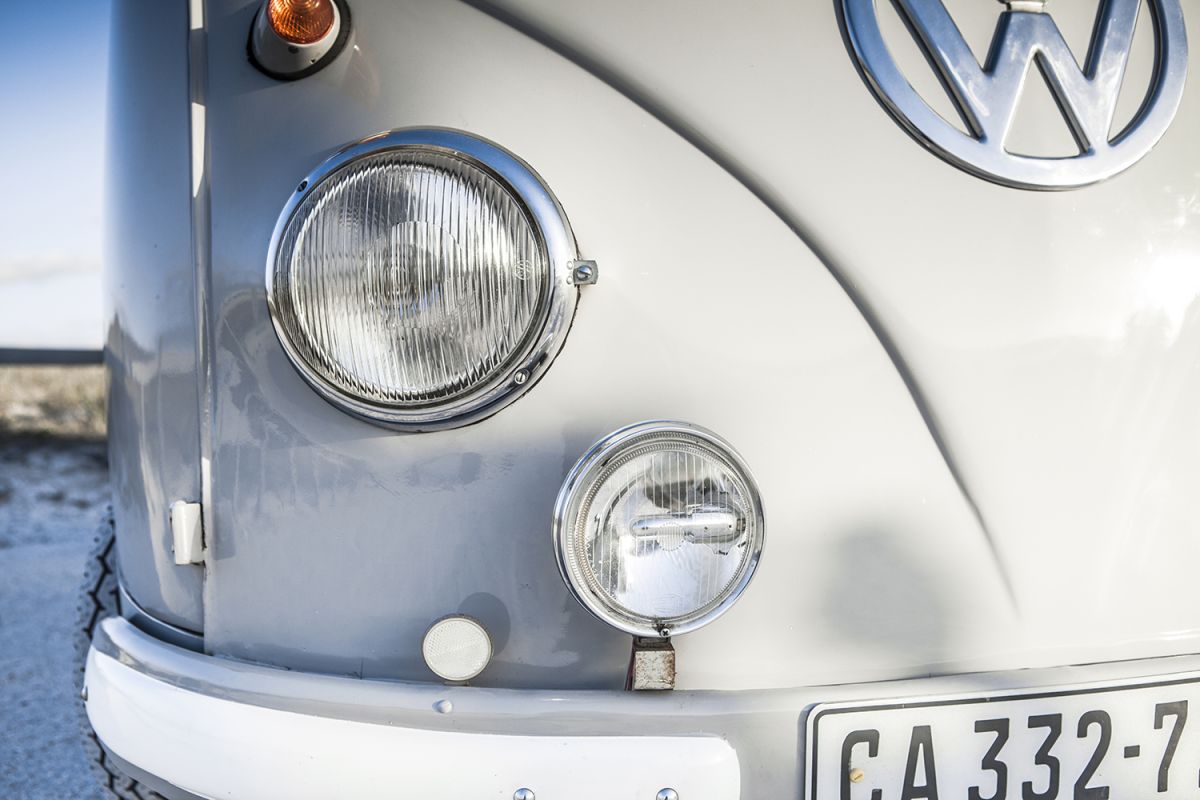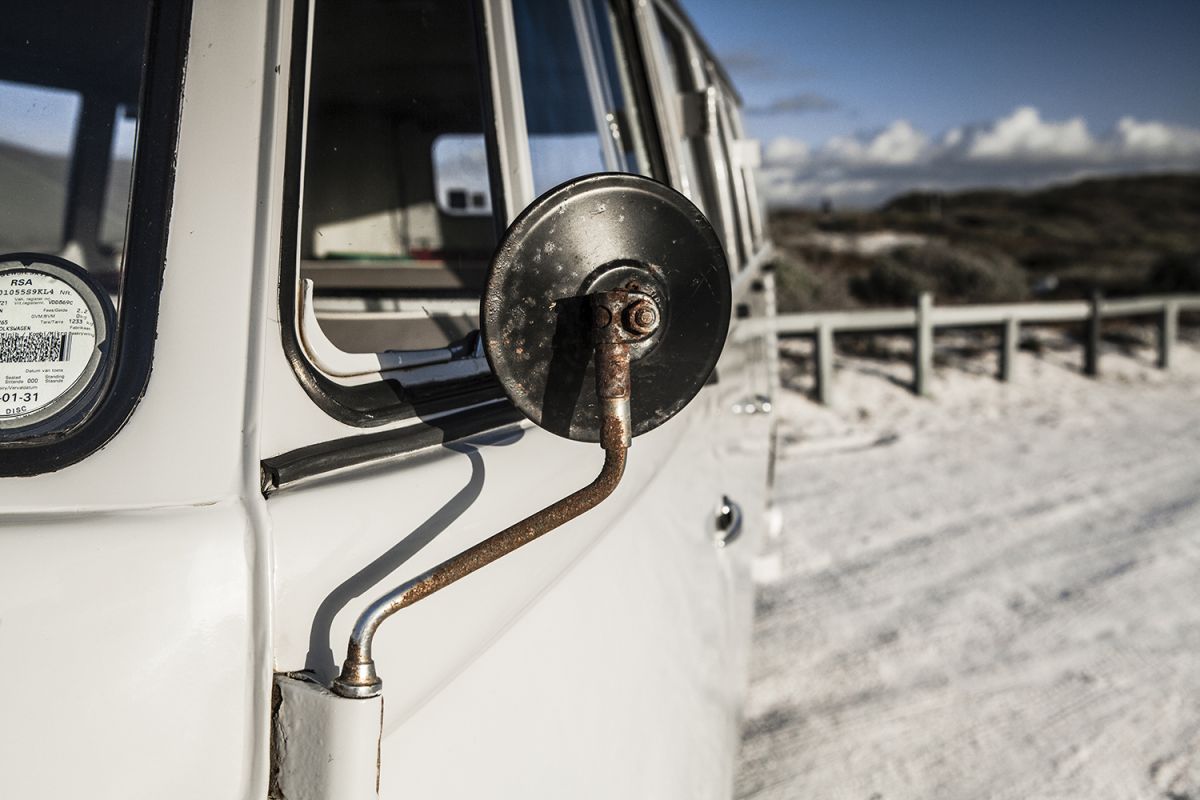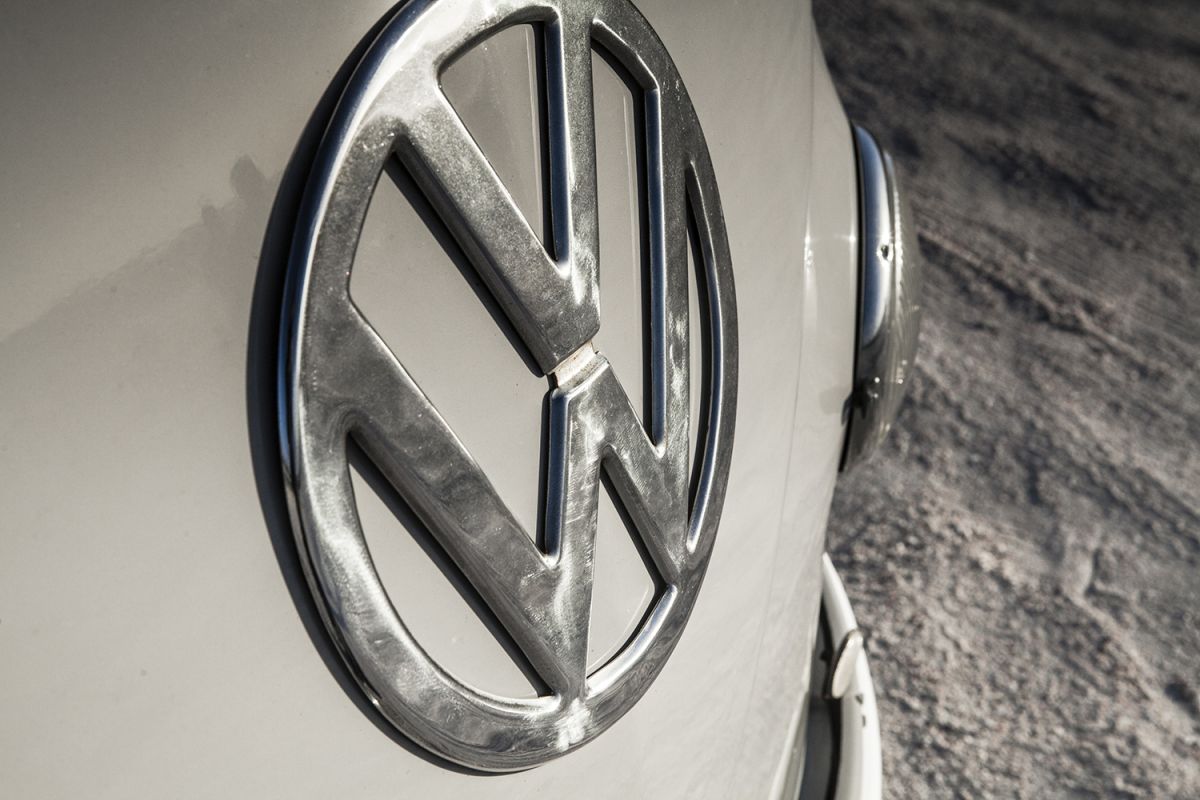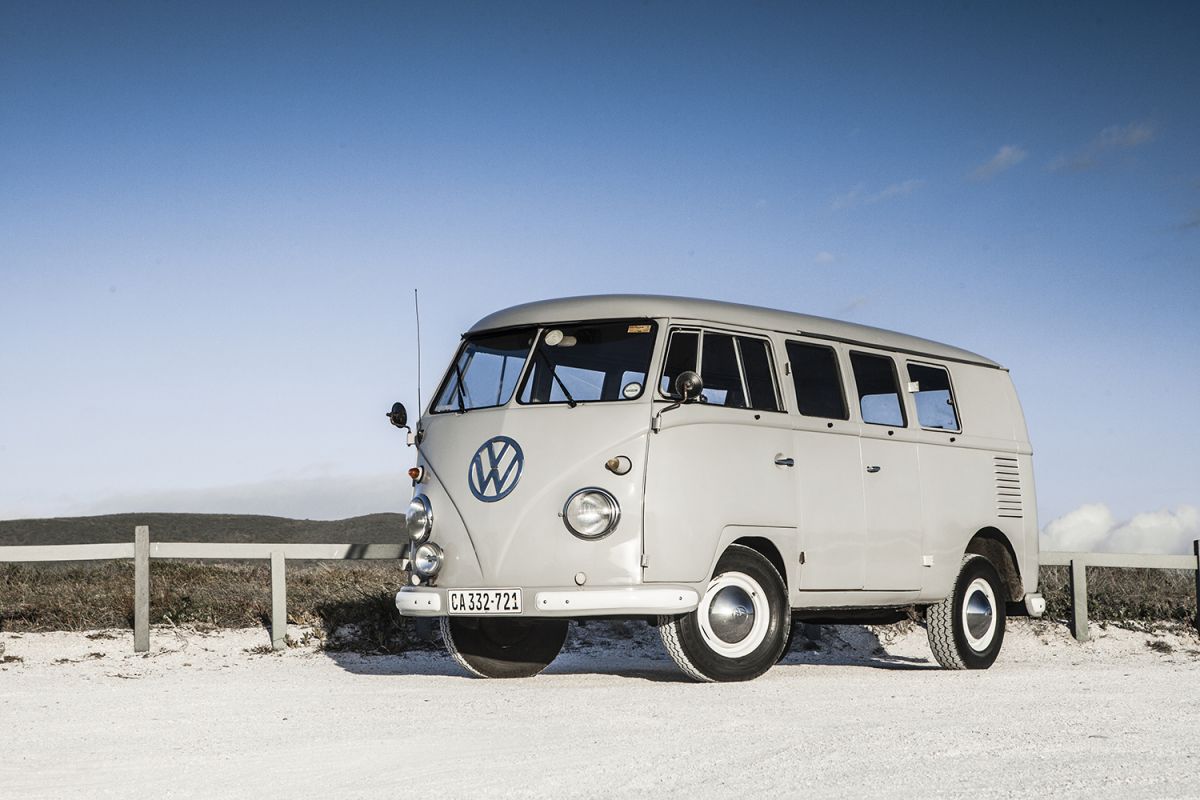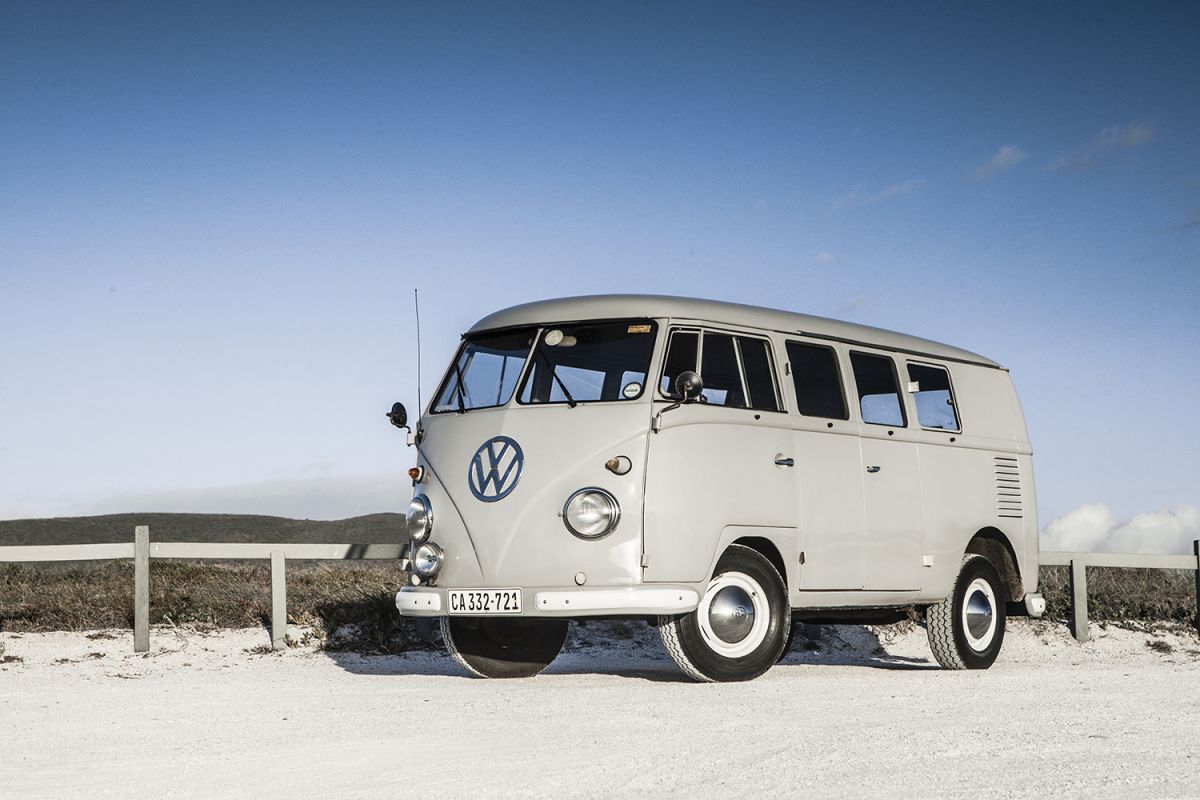
From the very start, I have to confess — this is my dream vehicle, one that holds a deep personal meaning. I passed on the chance to buy one a decade ago, hoping to find one in better shape down the line. Little did I know then that the price I would have paid back then has since multiplied by at least thirty times. That’s why, five years ago, I kept a close eye on this 1956 VW Split Window Kombi as it made its way home — but no amount of money could ever pry it away from its owner, as you’ll soon discover.
By: Karl Eriksen
Pics: Black Jet Camaro
It’s rare to find a vehicle as special as this one that’s been cherished by just a single owner throughout its entire life. Archie Van Aardt bought this Kombi brand new in 1956, straight from the VW factory in Uitenhage where he worked. The model had only just gone into production the year before, but with such a long waiting list, he only got his hands on one about a year later. Thanks to his employee discount, Archie paid 750 pounds (about R1500 in those days) — a sum that’s actually less than what he recently spent replacing all four tyres.
Archie has meticulously tracked every drop of petrol consumed across nearly 194,000 miles. The Kombi may look original at first glance, but there have been subtle changes over the years. The original colour was blue, the standard shade for all VW Kombis built back then. Around six years ago, Archie had the rust stripped off and the body baked in a tasteful grey finish at the Westcliff School of Skills in Tokai. Under the bonnet, the original 1200cc motor gave way to a 1600cc engine in 1992, paired with a conversion from the original 6-volt electrical system to a more reliable 12-volt setup. An automatic choke and an electronic ignition from a 2-litre Kombi replaced the old points and condenser, improving drivability.
Interestingly, the original choke lever still sits just under the front seat alongside the reserve petrol knob. Without a fuel gauge back then, drivers had to pull the reserve knob when the tank ran dry and race to the nearest garage. Archie has since added a petrol gauge and a rev counter with a motor minder. The early indicator system was the classic arm-type that popped up from the side panels — but they were never very reliable. Archie sealed those off and swapped in indicators from a later model, improving both functionality and safety.
The front axle was also replaced, giving Archie the chance to upgrade the notoriously weak drum brakes. VW originally recommended never exceeding 50 miles per hour because the brakes took so long to stop the vehicle. Wider drum shoes now allow this Kombi to brake perfectly, matching the upgraded rear axle and transmission that have been swapped out as well.
Inside, the original door trims were painted hardboard covered in red vinyl, and Archie kept the seat covers fresh whenever the sun faded them. The front VW emblem was originally white but has since been upgraded to a chrome deluxe model badge. This Kombi didn’t come with a radio or speakers when new — those six speakers hidden under the seats came later, making long trips more enjoyable with a good soundtrack.
One of the more unusual modifications is the cut-out rear wheel arches. Years ago, Archie used to take this Kombi off-road in the sand, attaching an extra set of wheels to the back for better traction. He custom-adapted a bolt-on set that could be added when needed. The front wheels were also widened, allowing the Kombi to venture where even beach buggies would get stuck in the sand. Archie’s work on this vehicle has always been hands-on — despite not being a qualified mechanic, growing up on a farm meant he learned to fix and maintain every vehicle himself. Nowadays, his son-in-law Johan helps keep the Kombi in shape.
This Kombi has been part of many adventures. It traveled all the way to the Free State with the family, serving as a sleeping quarters on wheels. It’s been driven by Archie’s grandson to the Orange River, packed with nine students, and hauled trailers on numerous trips to Hartenbos. The Cape Kombi Club has welcomed it on outings to Hermanus too. Johan says that once this Kombi hits 60 miles an hour, it just keeps rolling, no matter the load or what’s being towed behind it.
On the way to the photo shoot, I sat shotgun as it effortlessly reached 60 mph. Peering through the iconic split windscreen and feeling the road’s bumps beneath you is like piloting a vintage plane down a runway — steady, raw, and utterly timeless.
Archie himself is no spring chicken anymore and no longer drives the Kombi. But his family keeps it alive on the roads, with strict instructions to update the logbook after every outing. This is no ordinary vehicle; it’s a family heirloom destined to be passed down to one of the grandsons. Johan is committed to preserving its story, ensuring the rich history isn’t lost — even though some photographic records were lost when Archie’s computer gave up. As the Kombi stays within the family, its legacy grows, blending the past with new chapters yet to come.
The build took years of care and patience, no shortcuts. Archie was the sole builder and caretaker, and the steel body remains true to its origins, now coated in that baked grey from Westcliff. Under the hood, the 1600cc Weber-fed engine runs through a 4-speed manual, with standard steel wheels wrapped in 195 Firestone tyres holding the ground firm. Drum brakes all around do their job, better than they ever did, while six speakers, a radio, and a motor minder bring some modern convenience to a timeless classic. The 40-litre fuel tank still fuels this workhorse, a rolling testament to dedication and passion.

